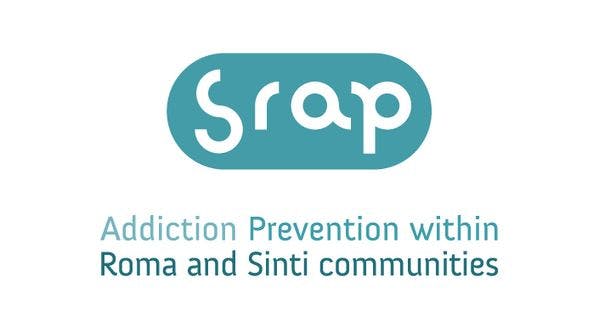Addiction prevention within Roma and Sinti communities
Addiction Prevention within Roma and Sinti Communities (2009-2011)
Leader: city of Bologna (IT)
Partners: Dolce association (IT), HESED (BG), Parada (RO), Fundación Secretariado Gitano (ES), Assicoation Hors la Rue (FR), Comune di Venezia (IT), Efus, RPC Kupate (BG), RIC Novo Mesto (SI), Rette Cita Sane (IT), University of Bologna (IT), Servizio Sanitario Regionale Emilia-Romagna (IT)
The use and abuse of legal and illegal drugs is widespread among young Roma/Sinti. It affects the whole of society but it has a deeper effect on these communities because of their social exclusion, marginalisation and poverty. The negative effects also spread in the areas and cities where they live, in terms of social prejudices, difficulties of integration, social security. Understanding and efficiently acting against the use and abuse of drugs in Roma and Sinti communities requires a combination of various competences and skills.
First of all it is very difficult to correctly analyse and quantify addiction among Roma and Sinti. However we notice similar characteristics in Europe:
- the drug abuse affects the European Roma and Sinti community in a strong way due to the large proportion of young people (in Spain, for example, it is estimated that 65% of the total Roma population is under the age of 25);
- they start to use drugs and other substances 2 or 3 years before the general population. They are more vulnerable to drugs because they are more confused about their identity and culture and they experience difficulties of integration;
- the diffusion of drugs contributes to the deterioration of their cultural and social organisation;
- they do not easily accept care and treatment or get involved in harm reduction programmes because of a lack of trust among them, a lack of information and a lack of specific competences and strategies of social and health services;
- they do not benefit a great deal from policies and programmes of primary and secondary prevention: their life expectancy is lower than that of the non-Roma population in the same area; thus the abuse and its effects spread;
- the enlargment of the EU, increasing migration in Europe and the traditional mobility of the beneficiaries ‘move’ and deepen the problem in Europe.
- The problem has a European dimension as it can be observed in most Roma communities in Europe.
The project aims to reduce the harm of the use and abuse of drugs,to reduce and to prevent their consumption among the young European Roma and Sinti population. We will achieve this aim by increasing and sharing knowledge and research on this problem, facilitating access to the regional resources and organisations by young Roma and Sinti people to better include them, improving their access to social and health services and creating a Europe-wide community of organisations on Roma and Sinti people and drugs.
The beneficiaries of the project are: young Roma and Sinti between the ages of 15 to 24 approximately; the health and social services dealing with the issue of drugs; the local communities that host Roma and Sinti.
The project will try to bridge the gap between providers and beneficiaries of social and health services. The project will develop, test, evaluate and validate a participatory intervention approach; it will be flexible, transferable and exchangeable between countries, regardless of their different social, cultural and political contexts and structures.
The partnership covers most countries where Roma and Sinti communities live, so it will provide a good comparison of the various forms and characteristics of the problem.
It offers a good combination of skills and experiences: public authorities with direct responsibilities for intervention; public and private health and social organisations. The construction of the partnership has therefore been coherent with the multidisciplinary (health and social) approach of the project and will allow it to achieve its aim.
Click here to read more information.
Keep up-to-date with drug policy developments by subscribing to the IDPC Monthly Alert.
